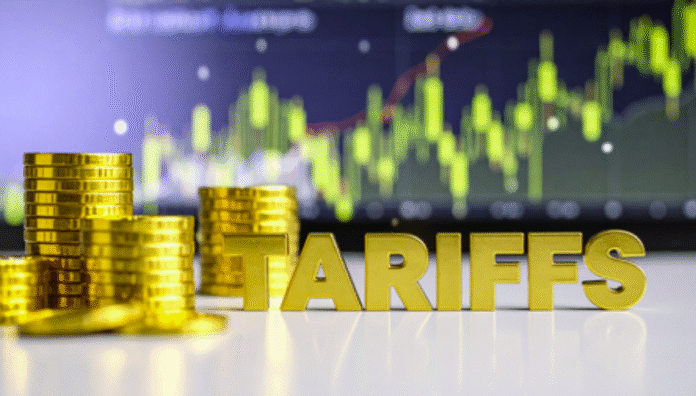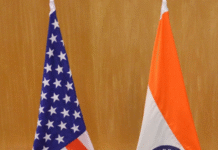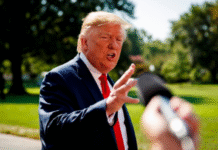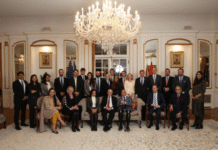NEW DELHI– As President Donald Trump prepares to slap 50 percent tariffs on Indian imports starting August 27, foreign policy experts are warning that treating India as a trade adversary could damage decades of hard-won trust and weaken a critical partnership.
A new report from the Australian Institute of International Affairs (AIIA) argues that coercive trade measures risk pushing India closer to China, undermining Washington’s long-term Indo-Pacific strategy.
The tariffs follow Trump’s July 30 announcement of an additional 25 percent duty on top of an existing 25 percent levy, justified by India’s purchase of discounted Russian oil. Analysts, however, point out that New Delhi’s energy decisions are based on market needs. With traditional suppliers redirecting shipments to Europe, India turned to Russia to keep fuel affordable for its 1.4 billion people.
India’s Ministry of External Affairs has defended the imports, stressing they are intended to ensure “predictable and affordable energy costs.”
The AIIA report emphasizes that India should not be viewed as an economic rival but rather as a strategic partner. Over the past two decades, relations have deepened through milestones such as the 2008 civil nuclear agreement and expanding defense cooperation. Bilateral trade in goods reached $129 billion in 2024, with both sides aiming to raise that figure to $500 billion by 2030.
India’s participation in the Quad and its counterterrorism cooperation further highlight its strategic value to the United States, the report notes.
By contrast, the United Kingdom’s recent trade deal with India is presented as a model of constructive engagement. On July 24, London and New Delhi signed a landmark Free Trade Agreement (FTA) after three years of talks. The pact removes tariffs on 99 percent of Indian exports, reduces duties on British goods such as whisky and cars, and enhances professional mobility. Trade is projected to double to $120 billion by 2030.
“The UK’s approach shows that respecting India’s priorities — including protecting agriculture and small businesses — can deliver prosperity without confrontation,” the report said.
While the tariffs have stirred geopolitical unease, rating agency S&P Global Ratings has played down their economic impact. At an August 13 webinar, S&P Director YeeFarn Phua noted that exports to the U.S. make up only 2 percent of India’s GDP, and key sectors like pharmaceuticals and consumer electronics are exempt from the new duties.
“Over the longer term, we don’t think this will be a big hit on India’s economy, and therefore, the positive outlook on India remains,” Phua said. (Source: IANS)











